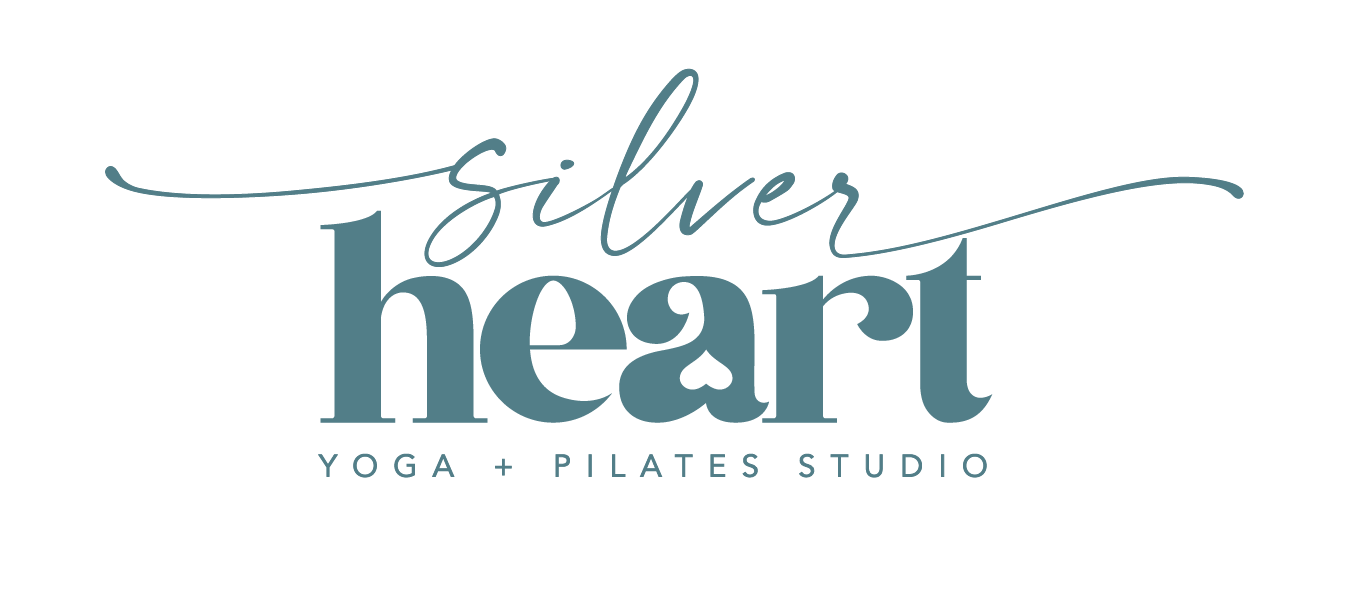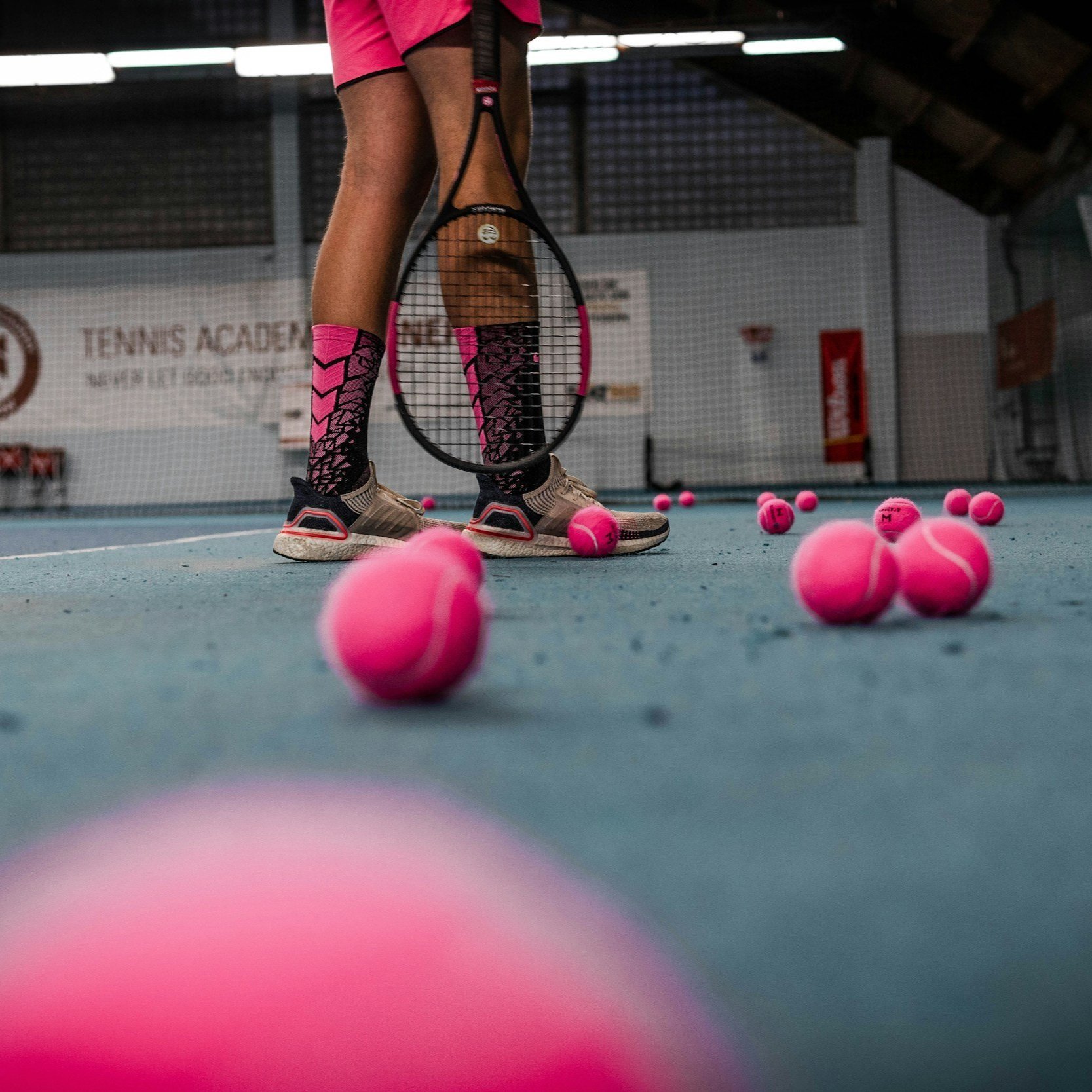Weekly plan for movement for brain health
When my father started exhibiting signs of dementia, I can honestly say I was pretty surprised. He ran every day until he couldn’t. He went to the office daily, even though he probably didn’t do much. He read, and he had a roundtable meeting with friends every week. It seemed to me that he was doing all the right things.
After hearing so many more family and friends who have parents with Dementia, I started to dig in on what I need to keep my brain healthy.
Because of this—yes, let's call it fear—for the past year, I’ve been taking more classes on exercise and brain health. I’ve always been fascinated by our brains;
the more you know, the more you want to know.
In my early life, I thought exercise was a way to get to my friends' houses (aka riding my bike). Then, in college and many years later, it became about weight loss, strength, and stress relief. Lately, it’s been about my brain health and aging well.
Six lifestyle factors influence brain health. They include exercise & physical activities, sleep, nutrition, stress management, cognitive stimulation, and social support.
So, what does a typical week look like regarding movement for brain health, where we can combine many of these lifestyle factors to keep our brain in good health?
I took a class this past week with Ryan Glatt, a brain health coach. Ryan taught so much information so I'm giving you a sliver of what I learned so we can digest it in small bites.
There are different types of movement that affect various parts of our brain. Our goal each week is to stimulate all parts of our brain via movement.
The Frontal lobe is affected by mind/body and resistance exercises such as Yoga/Pilates/Tai Chi/weight lifting
The Temporal lobe is affected by cardiovascular exercise, such as running and walking.
The Parietal lobe - object-based activities (throwing a ball, sports)
The Occipital lobe- Motor control and stimulation (tennis and pickleball, boxing)
The Cerebellum - Skill and motor learning (dance-open skills)
We also have open-skill exercises and closed-skill exercises. Open skills are those in which the environment constantly changes, and movements are continually adapted. Closed skill exercises are those in which the environment is predictable, and the individual knows what to do and when. We want to make sure we have plenty of open skills exercises to challenge our brain.
When taking this class, I realized why my dad may have struggled. He loved a consistent day. He ran the same route, drove to and from work at the same time every day. I know there were other factors, but as I took this course and thought of him, I realized the importance of making my weekly exercise routine more varied to help my entire brain.
If you are like me and want to ensure you age with a healthy brain, consider how you can mix up your current exercise routine. So, with Ryan Glatt’s expertise, I put together a week of movement health for our brains.
Monday-Resistance Training +Moderate intensity cardio + balance
Tuesday-Pilates, Yoga or Tai Chi
Wednesday-Dance, tennis, pickleball, boxing
Thursday-Resistance Training + moderate intensity cardio +balance
Friday-Pilates, Yoga, or Tai Chi
Saturday-Dance, hiking, tennis, pickleball, boxing
Sunday-Walking
As you mix your brain-based exercises, see where the six lifestyle factors influencing brain health fit into your day. As a reminder, they include Exercise and Physical Activities, Sleep, nutrition, Stress management, cognitive stimulation, and social support.
Remember always to enjoy what you are doing, change it up, tire yourself out, eat good brain food, and laugh at yourself as you try new activities to challenge your brain.


